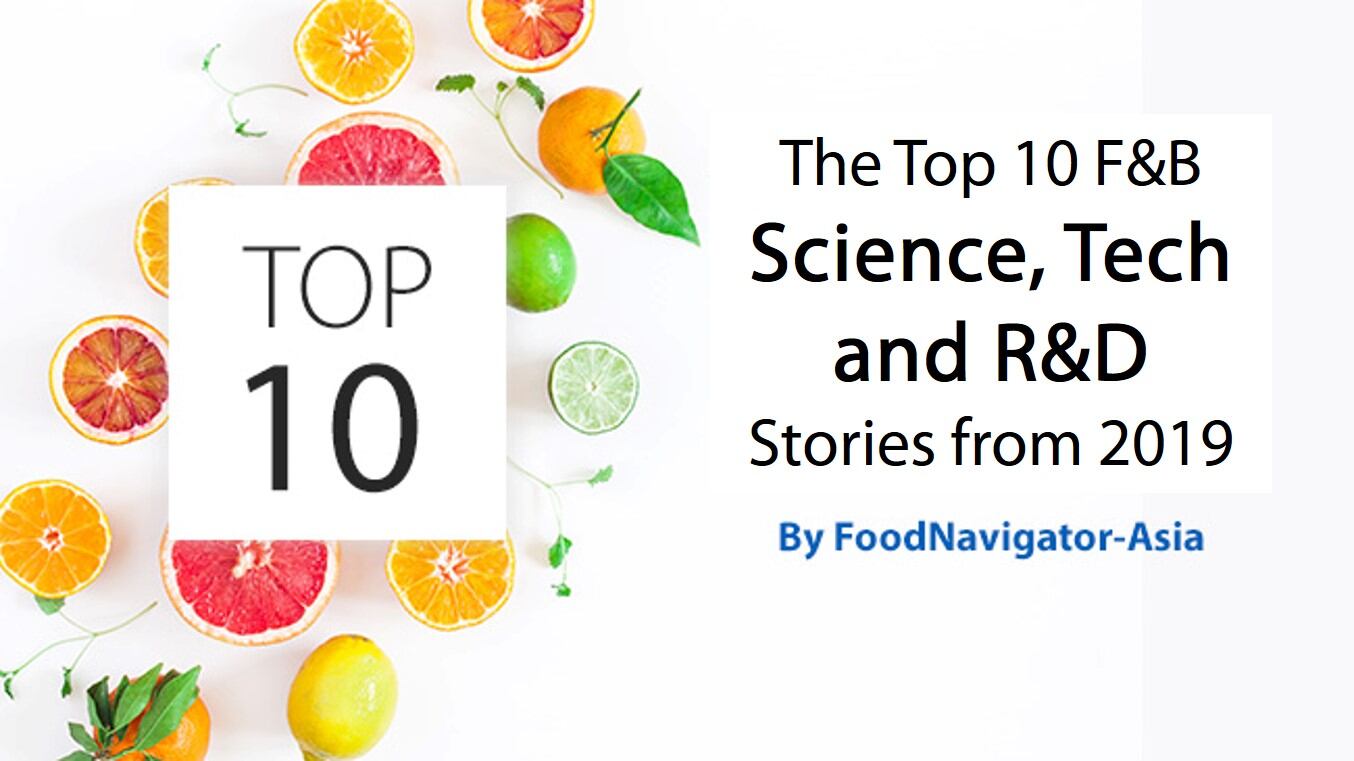According to Somsubhra Ganchoudhuri (Som), Co-Founder and CEO of food-focused AI technology firm Ai Palette, the China market was their first trial of sorts, with over a billion data points in the country using their technology.
“We now have a good amount of data from analysing consumer conversations around F&B on various social and internet platforms [in China] using our language-agnostic technology, and found interesting patterns about how preferences have evolved,” Som told FoodNavigator-Asia
“Looking at that data, now we can also anticipate and predict upcoming what’s going to come for the other markets.”
One of the main trends that Ai Palette have found in relation to COVID-19 are, unsurprisingly, foods and beverages related to immunity boosting.
“Conversations around immunity-related ingredients spiked, which was of course quite expected, and in China some of the most outstanding items were Chinese jujube, different types of teas, even milk,” said Som.
“This is across categories like Fresh Fruits and Vegetables as well as Beverages and Snacks, [and the same is taking place all over Asia]. For example, Thailand has seen interest in immunity increase by almost 809%, while conversations around immunity in Singapore have increased by almost 488%.”
In addition to immunity and health concerns, another trend that emerged in China was the consumers’ quest for normalcy, as evidenced by attempts to recreate foods and beverages normally consumed at food service spots as opposed to focusing on traditional home-cooked foods
“In China, a significant one was milk tea, which is a big market there. People started making their own versions at home, so we saw a huge rise in the ingredients traditionally used in milk tea such as brown sugar, milk and black tea,” said Som.
As it is, with lockdowns happening all Asia, similar purchasing patterns are also emerging throughout the region, although the specific ingredients are varying widely based on geographical location.
“The main one that everyone is talking about now is of course dalgona coffee, which originated from South Korea – but there are many which are country-specific too,” he said.
“These would include spikes for ginger in Thailand [where it is a popular restaurant cooking ingredient], as well as evaporated milk in the Philippines as this is an important component of Filipino dessert Halo Halo.
“Basically, this all shows that people are making their comfort foods at home during times of lockdown.”
Interestingly, a general drop in consumption was found for products that are generally consumed out-of-home in their full form, e.g. desserts as a whole took a hit even though the ingredients for making these may have rose in some countries.
Significance for F&B firms
Som also observed that one of the major impacts COVID-19 has had on the F&B industry is that many big companies have had to direct resources towards increasing manufacturing of traditional products, causing newer innovations and NPD to fall behind compared to before.
“Companies are taking a slower approach when it comes to newer innovations and are more focused on existing products now, mainly because demand has increased and they need to supply products for consumers that are under lockdown in the different countries even with supply chains being disrupted,” he said.
“One of the ways AI technology can help F&B companies is to identify demand for certain products in the markets that are seeing a supply gap, such as Chinese jujube in China which not that many firms are selling, and guide companies to take the opportunities to focus NPD and sales on these.
“Marketing strategies can also benefit from this, for example those who are already selling immunity products can communicate properly with customers, whereas others that want to focus on the comfort/indulgence angle could share more recipes using their products that can be prepared at home, communicating how to best use these products and thus help with sales.”





